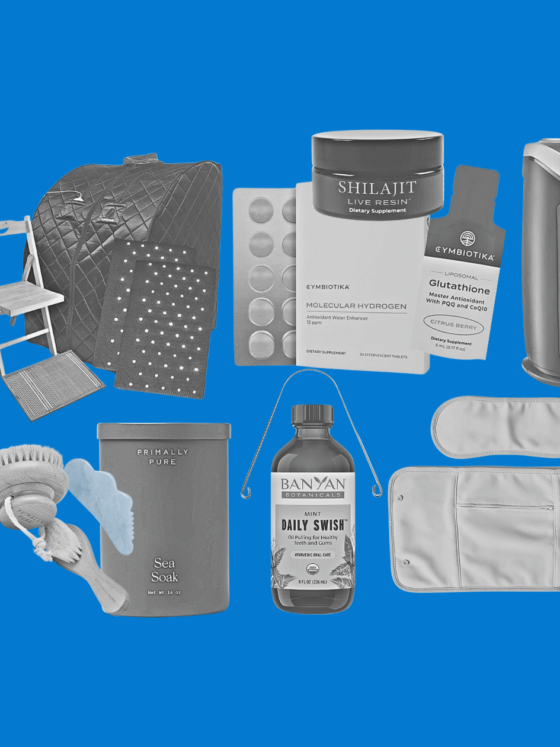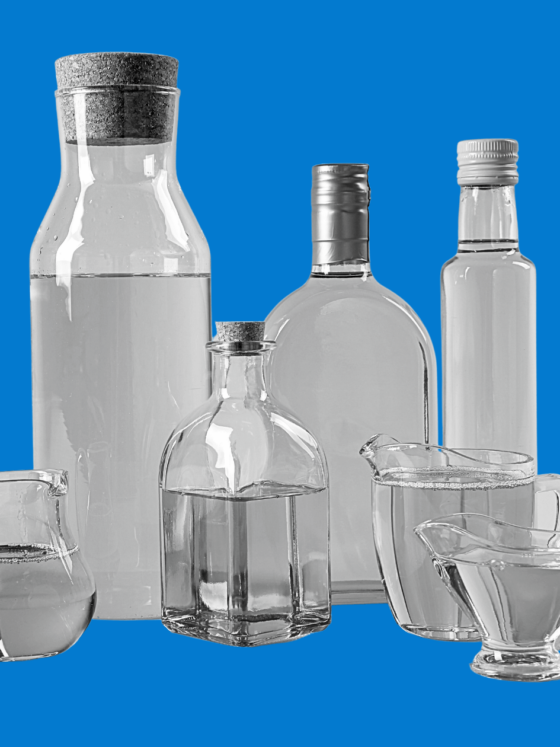Greenwashing 101: How to Spot (and Avoid) Fake ‘Clean’ Brands for Reducing Pesticide Exposure

Welcome to the wild, wild west of wellness, where brands slap on a green leaf, call it “natural,” and suddenly, you’re holding a product that’s supposedly saving the planet. But are they really? Or are they just pulling the eco-friendly wool over your eyes? Let’s dive into the murky waters of greenwashing, so you can spot the fakes and keep your wellness journey genuine.
What Exactly is Greenwashing?
First off, let’s clear up what we’re talking about. Greenwashing is when a company uses misleading statements, pretty pictures, and buzzwords to make you believe their product is healthier, cleaner, or more sustainable than it actually is. Think of it as a company giving you a giant wink while crossing their fingers behind their back. They’re not exactly lying, but they’re certainly not telling you the whole truth either.
Don’t Fall for the Pretty Packaging
Ever notice how a lot of “clean” products come in beautiful bottles adorned with green leaves, happy cows, or phrases like “all-natural” and “eco-friendly”? It’s all part of the greenwashing game. Companies know that we, the conscious consumers, are more likely to pick up something that looks wholesome. But here’s the deal: just because a product looks the part doesn’t mean it’s actually playing it. That shampoo with the flowers on it? Might still be packed with hormone disruptors. And that “organic” frozen dinner? It could have one organic ingredient out of twenty. Sneaky, huh?
Know Your Ingredients (and What’s Missing)
The sad truth is that personal care products in the U.S. are barely regulated. The last significant law regulating these products was passed in 1938—yes, you read that right. Meanwhile, the European Union has banned over 1,300 ingredients that they consider unsafe. So what’s a savvy shopper to do? Arm yourself with knowledge! Resources like the Environmental Working Group’s (EWG) Skin Deep database or their Healthy Living App let you scan products and see what’s really in them. Because who wants to slather their largest organ (your skin) with mystery chemicals?
DIY: The Real Clean Green
If you’re tired of playing the “is this really clean?” game, why not go the DIY route? When you make your own cleaning or personal care products, you get to pick every ingredient. Vinegar, lemons, and a bit of cheap vodka can handle most cleaning tasks, and coconut oil, essential oils, and apple cider vinegar are fantastic for personal care. Plus, you get the satisfaction of knowing exactly what’s in your stuff. It’s like cooking at home—healthier and way more satisfying.
Look for Proof, Not Promises
We’ve all seen those “reuse your towel to save the planet” signs in hotels. But is that hotel chain really eco-conscious, or just trying to cut down on laundry costs? A little digging can reveal the truth. If a company is genuinely committed to sustainability, they’ll shout it from the rooftops (or at least put it prominently on their website). If you have to hunt for details, chances are their green claims are just fluff. When in doubt, Google with a critical eye.
Get Familiar with Legit Certifications
Not all certifications are created equal. Some symbols on packaging mean a product has gone through rigorous checks, while others are, frankly, meaningless. Take the time to learn which certifications actually matter. But also remember that smaller businesses might not have the resources to get certified, even if they’re doing everything right. In those cases, don’t be shy—ask the business directly about their practices.
Know Who’s Pulling the Strings
Did you know that some of your favorite indie brands might now be owned by corporate giants? Annie’s, once a symbol of natural goodness, is now owned by General Mills. Burt’s Bees? That’s a Clorox brand. This doesn’t mean they’ve automatically lowered their standards, but it’s worth being aware that their priorities might have shifted.
Hold Companies Accountable
Here’s the thing: if a company is cleaning up a mess they made (hello, oil spills), that’s not exactly heroism. It’s the bare minimum. What we really need are companies committed to preventing those messes in the first place and finding truly sustainable solutions. So, let’s call it what it is, and hold them to higher standards.
The Bottom Line
Greenwashing is everywhere, but so is the power of informed choices. By looking past the pretty packaging, digging into the details, and staying savvy, you can avoid falling for the greenwashing trap and keep your wellness game real. Because at Untoxed & Unbothered, we’re all about cutting through the BS so you can live your best, balanced life—on your term







